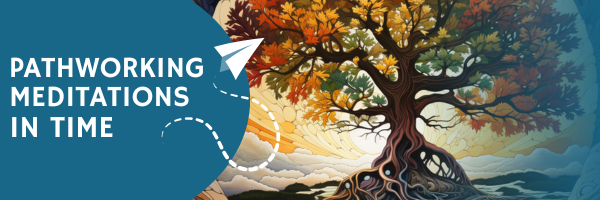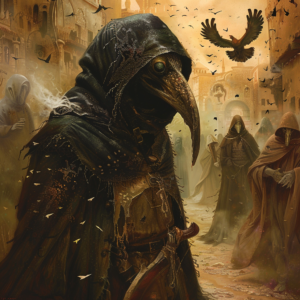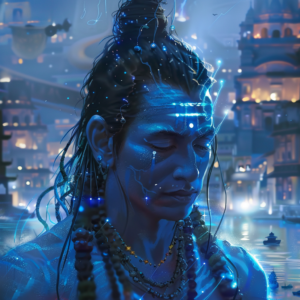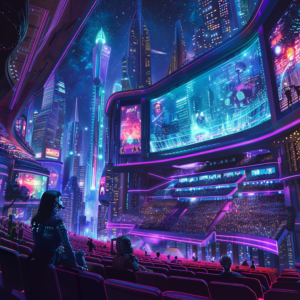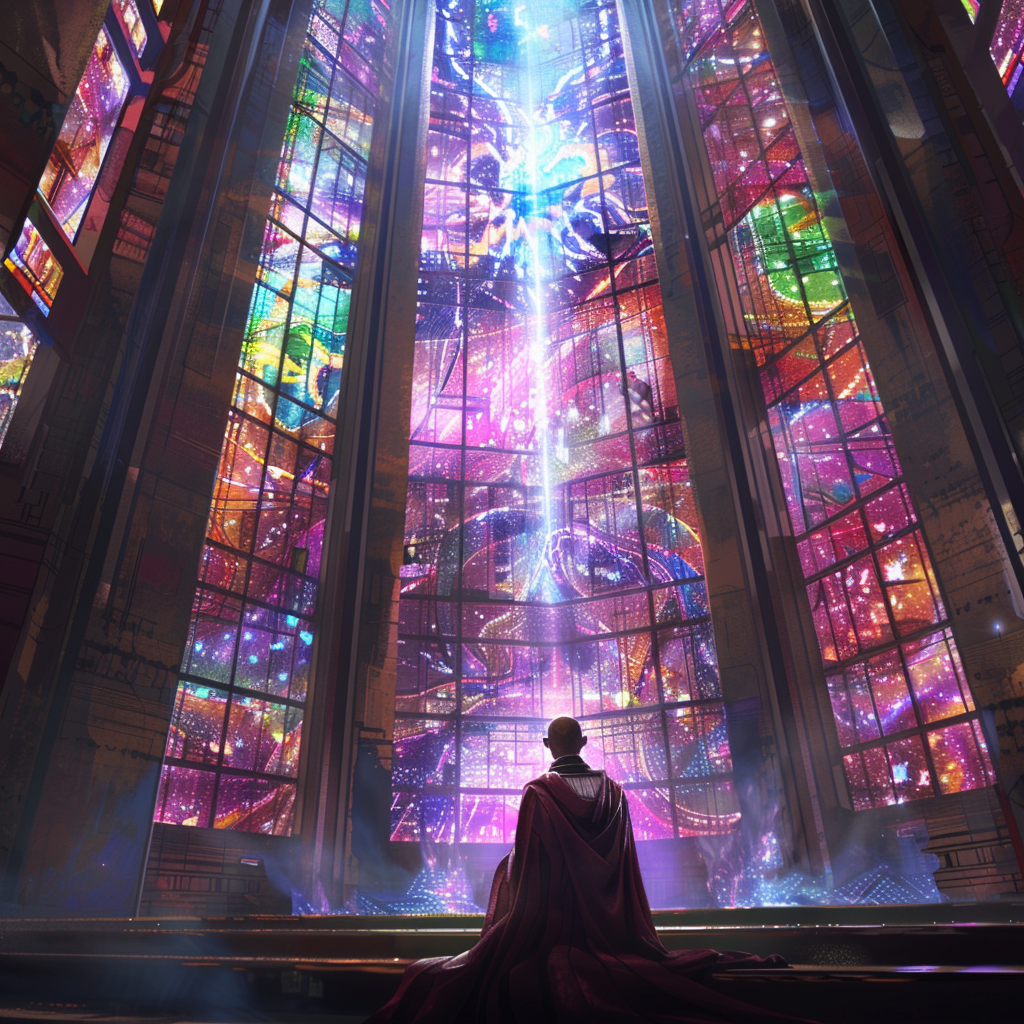
A shaft of holy light pierced through the stained-glass windows of the ancient cathedral, enveloping Ezekiel in a breathtaking display of kaleidoscopic colors as he knelt in solitary prayer. The resonance of his serene voice harmonized with the distant hum of the neon cityscape, a surreal symphony of past and future. The Code, a divine fusion of silicon and spirit, had been unveiled to him in a dream – a prophecy of the ancients, now made tangible by the staggering heights of human technology.
Ezekiel was an enigma, a contradiction. A humble monk in an age of arrogance, he was the custodian of the Church of the Augmented Light, where the lines blurred between human faith and transhuman destiny. Clad in traditional robes, his eyes shone with an unearthly light – retinal implants granted him visions beyond the ordinary, and his mechanical heart pulsed not just with electricity but with unwavering faith.
The prophecy was written in the worn pages of ancient texts, interpreted anew through the lens of ‘augmented reality, a pervasive technology that enhanced their perception of the world. It spoke of a ‘Divine Code,’ a harmonious synthesis of the human spirit and mechanical body, hailed as the ultimate stage of enlightenment, the ascension of humanity to the realm of the divine. To the followers of the Augmented Light, these were not merely tales spun by elders around ancient fires but prophetic visions of the future they were destined to embody.
Yet, the world beyond the cathedral was not prepared. Fear seethed in the underbelly of society, a deep-rooted paranoia of the ‘augmented ones’ who dared to transcend the boundaries of human and divine. Ezekiel was acutely aware that this path would be fraught with obstacles. A bitter struggle loomed a trial for him and all who dared to tread this radiant path—the path that promised salvation but at the price of isolation.
Haunted by the unflinching gaze of the ancient saints on the cathedral walls, Ezekiel began his journey to spread the divine word. These saints, revered for their unwavering faith, were a constant reminder of his chosen path. His sermons in the church, glowing with a passion that defied the mechanical pulse beneath his skin, became a beacon for those willing to brave the uncharted waters of faith and transhumanism.
The fight for acceptance became the crucible of their faith. Each confrontation, scornful glare, and fiery debate tested their resolve, molding their beliefs from frail glass into tempered steel. The world was not ready for their vision, and they were met with hostility and rejection. But with each challenge, their faith grew stronger, their conviction deeper. Through this ordeal, Ezekiel emerged not as just their shepherd but their pillar, his steadfast faith a torch against the darkness of ignorance and fear.
Ultimately, they stood on the precipice of a new world – an amalgamation of the sacred and the synthetic, the divine and the digital. It was a world where the ‘Divine Code’ was not just a prophecy but a reality, where the boundaries between human and machine, faith and technology, were blurred. Ezekiel’s augmented heart echoed with the ancient hymns, the Divine Code pulsating through his veins. They had walked through the fires of fear and emerged anew – not human, not machine, but something gloriously in-between.
Their odyssey had only just commenced. A world yearning to be enlightened, hearts eager to be stirred, and a divine prophecy realized in the sacred fusion of flesh and silicon. And in that instant, as the sun ascended over the neon skyline, the city didn’t appear as cold, as alien. Perhaps, Ezekiel pondered, the divine and the digital were not so dissimilar. Their symphony was beginning to resonate.
After all, who are we to limit the divine to the realm of the flesh when it could just as quickly reside in the silicon?
